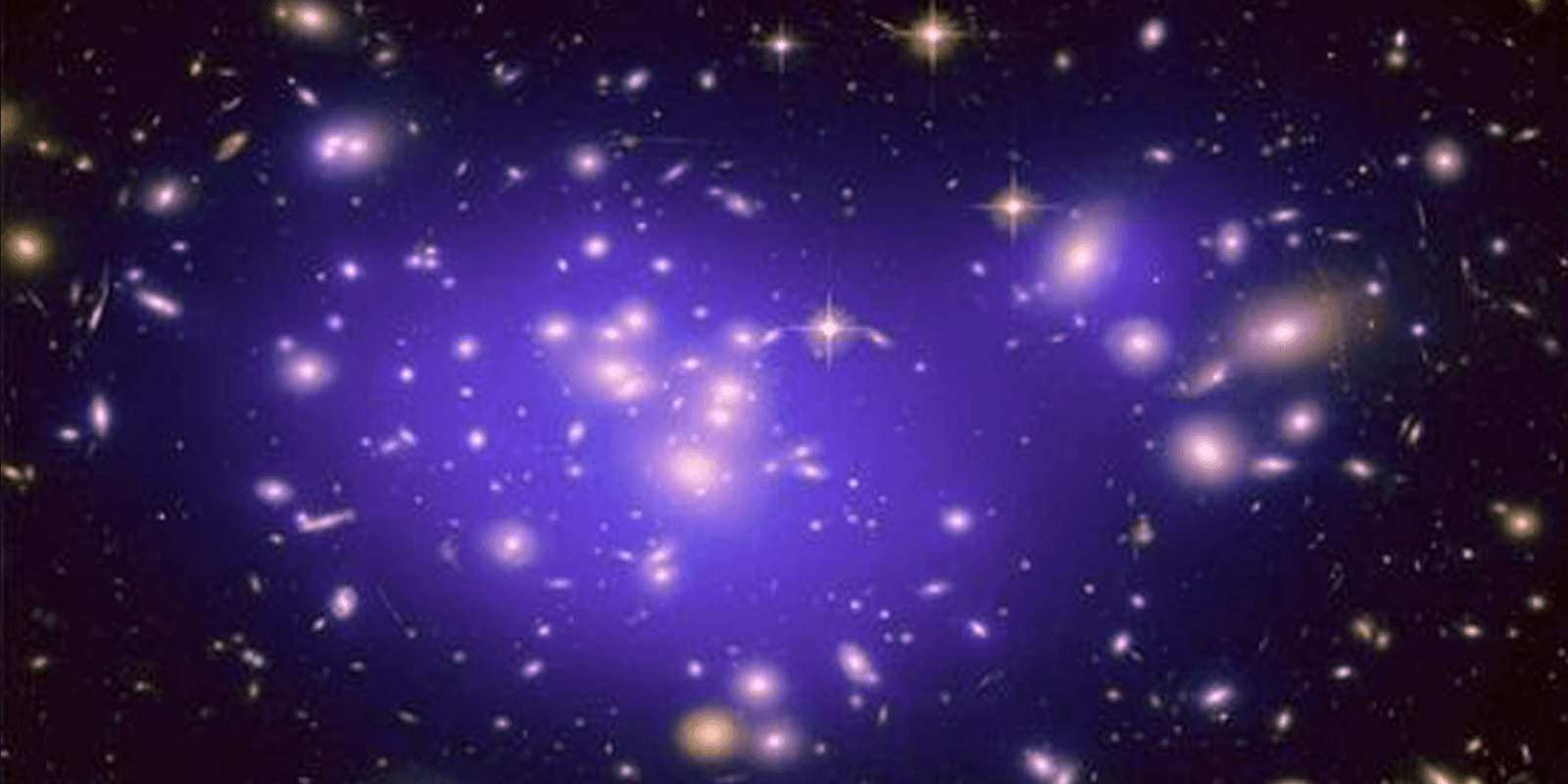Is an Understanding of Dark Matter around the Corner? Experimentalists Unsure
by Kelen Tuttle
Three astrophysicists – Enectali Figueroa-Feliciano, Harry Nelson and Gray Rybka – discuss preparations for three recently funded dark matter experiments, and the likelihood that one of them will strike gold.

The Author
The Researchers
Scientists have long known that dark matter is out there, silently orchestrating the universe’s movement and structure. But what exactly is dark matter made of? And what does a dark matter particle look like? That remains a mystery, with experiment after experiment coming up empty handed in the quest to detect these elusive particles.
With some luck, that may be about to change. With ten times the sensitivity of previous detectors, three recently funded dark matter experiments have scientists crossing their fingers that they may finally glimpse these long-sought particles. In recent conversations with The Kavli Foundation, scientists working on these new experiments expressed hope that they would catch dark matter, but also agreed that, in the end, their success or failure is up to nature to decide.
“Nature is being coy,” said Enectali Figueroa-Feliciano, an associate professor of physics at the MIT Kavli Institute for Astrophysics and Space Research who works on one of the three new experiments. “There's something we just don't understand about the internal structure of how the universe works. When theorists write down all the ways dark matter might interact with our particles, they find, for the simplest models, that we should have seen it already. So even though we haven't found it yet, there's a message there, one that we're trying to decode now.”
The first of the new experiments, called the Axion Dark Matter eXperiment, searches for a theoretical type of dark matter particle called the axion. ADMX seeks evidence of this extremely lightweight particle converting into a photon in the experiment’s high magnetic field. By slowly varying the magnetic field, the detector hunts for one axion mass at a time.
“We've demonstrated that we have the tools necessary to see axions,” said Gray Rybka, research assistant professor of physics at the University of Washington who co-leads the ADMX Gen 2 experiment. “With Gen2, we're buying a very, very powerful refrigerator that will arrive very shortly. Once it arrives, we'll be able to scan very, very quickly and we feel we'll have a much better chance of finding axions – if they're out there.”
The two other new experiments look for a different type of theoretical dark matter called the WIMP. Short for Weakly Interacting Massive Particle, the WIMP interacts with our world very weakly and very rarely. The Large Underground Xenon, or LUX, experiment, which began in 2009, is now getting an upgrade to increase its sensitivity to heavier WIMPs. Meanwhile, the Super Cryogenic Dark Matter Search collaboration, which has looked for the signal of a lightweight WIMP barreling through its detector since 2013, is in the process of finalizing the design for a new experiment to be located in Canada.
“In a way it's like looking for gold,” said Figueroa-Feliciano, a member of the SuperCDMS experiment. “Harry has his pan and he's looking for gold in a deep pond, and we're looking in a slightly shallower pond, and Gray's a little upstream, looking in his own spot. We don't know who's going to find gold because we don't know where it is.”
Rybka agreed, but added the more optimistic perspective that it’s also possible that all three experiments will find dark matter. “There's nothing that would require dark matter to be made of just one type of particle except us hoping that it's that simple,” he said. “Dark matter could be one-third axions, one-third heavy WIMPs and one-third light WIMPs. That would be perfectly allowable from everything we've seen.”
Yet the nugget of gold for which all three experiments search is a very valuable one. And even though the search is difficult, all three scientists agreed that it’s worthwhile because glimpsing dark matter would reveal insight into a large portion of the universe.
“We’re all looking and somewhere, maybe even now, there’s a little bit of data that will cause someone to have an ‘Ah ha!’ moment,” said Harry Nelson, professor of physics at the University of California, Santa Barbara and science lead for the LUX upgrade, called LUX-ZEPLIN. “This idea that there’s something out there that we can’t sense yet is one of those things that sends chills down my spine.”